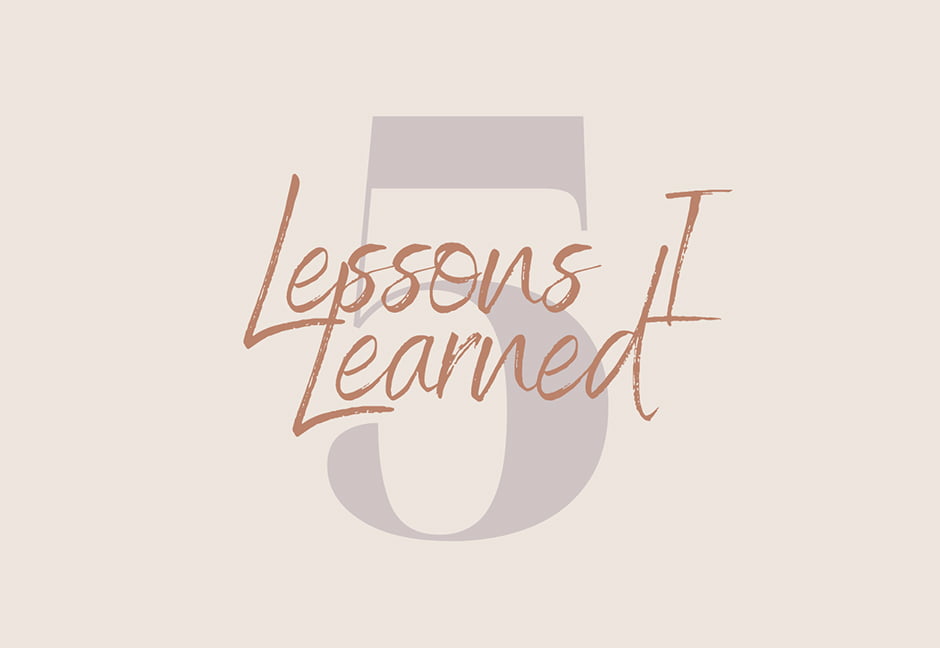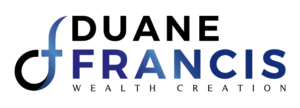5 Lessons I Learned From Rich Dad, Poor Dad By Robert Kiyosaki

As you may know, I do not like really to run/jog perse but I do like to stay in shape especially during the long winters where being active outside can be limiting. Recently during my treadmill adventures, I have been listening to “Rich Dad, Poor Dad”, a best-selling book by Robert Kiyosaki that has been a popular read for people looking to learn about personal finance and investing. The book highlights the difference in mindset and habits between the author’s two fathers – his biological father (poor dad) and his best friend’s father (rich dad). Here are five key takeaways from the book:
- The difference between assets and liabilities
One of the main concepts of the book is the distinction between assets and liabilities. According to Kiyosaki, an asset is something that puts money in your pocket, while a liability is something that takes money out of your pocket. He argues that many people mistakenly think that their homes and cars are assets, when in fact they are liabilities because they require ongoing expenses like mortgage payments, repairs, and maintenance. Understanding this distinction is critical in building wealth, as it encourages individuals to invest in assets that generate passive income.
- The importance of financial education
Kiyosaki emphasizes the importance of financial education, which he believes is lacking in traditional education systems. He argues that individuals should take it upon themselves to learn about personal finance, investing, and business, in order to gain the knowledge necessary to achieve financial freedom. The book encourages readers to seek out mentors, attend seminars, and read books on the subject.
- The power of passive income
One of the key lessons from the book is the importance of creating passive income streams. Kiyosaki defines passive income as income that comes in without having to work for it actively. Examples of passive income include rental properties, stocks that pay dividends, and businesses that are run by managers. Kiyosaki argues that building passive income is critical in achieving financial independence because it allows individuals to stop trading their time for money.
- The value of taking calculated risks
The book highlights the importance of taking calculated risks in investing and entrepreneurship. Kiyosaki argues that many people are held back by fear of failure, which prevents them from taking the necessary steps to achieve financial success. He encourages readers to take calculated risks, meaning risks that have been carefully evaluated and have a reasonable chance of success. This mindset can help individuals overcome their fear of failure and take steps towards achieving their financial goals.
- The importance of financial independence
The book emphasizes the importance of financial independence, which Kiyosaki defines as the ability to live off passive income and not have to work for money actively. Financial independence allows individuals to have more control over their time and to pursue their passions without the pressure of financial obligations. Kiyosaki argues that achieving financial independence should be the ultimate goal for anyone seeking to achieve financial success.
In conclusion, “Rich Dad, Poor Dad” is a valuable read for anyone looking to improve their understanding of personal finance and investing. The book provides insights into the mindset and habits of successful investors and entrepreneurs, highlighting the importance of financial education, passive income, calculated risk-taking, and financial independence. By following the lessons of the book, readers can take steps towards achieving their own financial goals and building wealth over the long term.
Written By: Duane Francis
Posted in The Francis Forum







